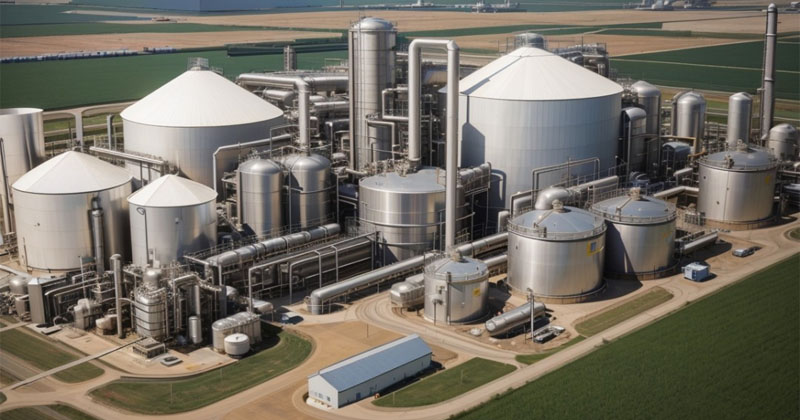
Ethanol Plant
Ethanol Plant Energy Efficiency and CO2 Emissions Reduction Options. The energy efficiency and CO2 emissions reduction options for ethanol plants vary from process to process. There are a number of options that are common to most, or all, processes. The major energy efficiency and CO2 emissions reduction options for ethanol plants are described below.
Heat Integration
Heat integration is a technology that can be used to reduce the energy requirements of an ethanol plant. Heat integration involves the use of heat exchangers to transfer heat from hot streams to cold streams. This can be used to preheat the feedstock, or to heat the process streams.
Heat integration can also be used to recover heat from the process streams. This heat can then be used to preheat the feedstock, or to heat the process streams. Heat integration can be used to reduce the energy requirements of an ethanol plant by up to 30%.
Process Modification
Process modifications can be used to improve the energy efficiency of an ethanol plant. Process modifications can be used to improve the yield of the process, or to reduce the energy requirements of the process. Process modifications can be used to improve the energy efficiency of an ethanol plant by up to 30%.
Benefits :
- High Efficiency
- Sustainability
- Reliability
- Compliance
- Innovation